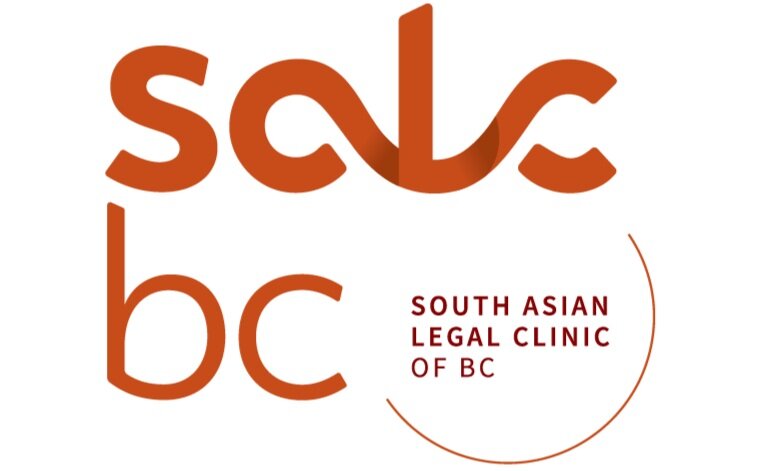Extreme intoxication can be used as a defence for violent crime, Supreme Court rules
This Supreme Court of Canada case was a combined appeal of 3 cases from the lower courts. The case has changed the law on intoxication defences but not as reported in mainstream media.
The Supreme Court of Canada determined that s. 33.1 of the Criminal Code of Canada was unconstitutional. Section 33.1 banned the defence of self-induced intoxication for criminal offences.
All 3 of the cases during the Supreme Court of Canada appeal were aggravated assault cases where the defendants were found not guilty due to the extent of their intoxication.
For example, in The Globe and Mail, David Sullivan, then 43, had been trying to take his own life using pills. He began talking about aliens and stabbed his mother with two knives, stopping when she said, “David, I’m your mother.” She survived.
The extreme circumstances are that a person was so intoxicated that they no longer have control over their movements (legally known as “automatism”). These extreme circumstances do not include regular levels of intoxication, such as simply being drunk, high, or blacking out. This extreme level of intoxication would have to be proven with evidence, medical reports, and alcohol/drug experts.
These cases were cases of aggravated assault, so there is currently no impact of the case law on sexual assaults. The Supreme Court’s decision does not open the floodgates to allow self-induced intoxication for all offences. The Supreme Court, by rendering a section unconstitutional, is telling Parliament that there’s a problem with the wording of the law in s. 33.1.
Kat Owens, project director at Women’s Legal Education and Action Fund, which intervened in the case, expressed support for the ruling, saying that the court had said clearly that drunkenness alone could not be a defence in sexual-assault cases. “Drunkenness has never been, and is not now, a defence to sexual assault,” she said in a statement.
Connect with us if you have any questions.
Read referenced article by The Globe and Mail
